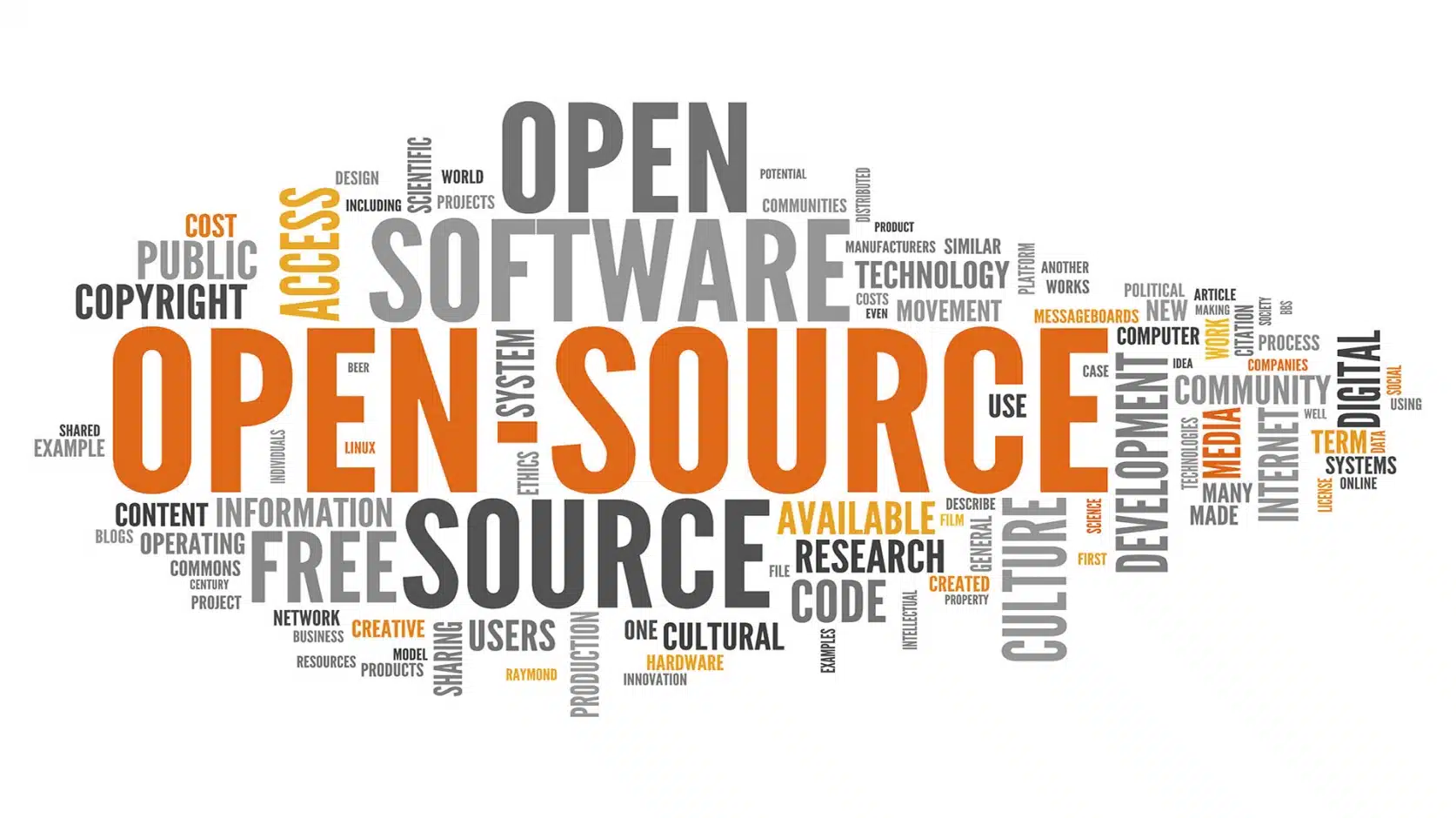
Unemployment Insurance fraud was one of the biggest problems in the unemployment insurance benefits world during the economic downturn associated with the COVID-19 pandemic. It’s estimated by the U.S. Department of Labor’s Office of Inspector General that up to $87.3 billion in fraudulent unemployment claims were not just submitted but paid out. While some has been recovered, it’s likely that most of it will be lost forever.
But the federal government is working on a new way to structure state unemployment insurance software that could help prevent this problem in the future – if the government does it the right way.
How Unemployment Insurance Software Works Now
Here’s the problem. While the federal government pays for unemployment insurance benefits, states administer the programs. That means that each state must come up with its own, very complex unemployment insurance software – a process that can take months or years, and cost millions of dollars, even though the vast majority of the software is similar from one state to the next.
How Unemployment Insurance Software Could Work in the Future
 The federal government is in the process of redesigning how unemployment insurance software works. One of the projects under consideration, instead of each state having to start from scratch to develop, uses a modular platform approach. That way, every state could have the same platform, and buy or lease modules from competing software vendors depending on that state’s needs – a module for the user interface, modules for translation into different languages, and so on. The platform, and all the modules, would be written to a common application programming interface so they would all work together.
The federal government is in the process of redesigning how unemployment insurance software works. One of the projects under consideration, instead of each state having to start from scratch to develop, uses a modular platform approach. That way, every state could have the same platform, and buy or lease modules from competing software vendors depending on that state’s needs – a module for the user interface, modules for translation into different languages, and so on. The platform, and all the modules, would be written to a common application programming interface so they would all work together.
Such a system offers several advantages.
- It saves time. Instead of each state having to develop a monolithic system from scratch, it would adopt the platform, choose the modules, and install them.
- It saves money. Monolithic government software projects are some of the most expensive projects there are because they’re so complicated and cover so many potential use cases. Why reinvent the wheel each time when many aspects of unemployment insurance software are the same between states?
- It fits better with modern software development strategy. Companies are moving away from developing a single, monolithic program and instead are using similar agile platform and modular strategies. Teams can work on multiple modules in parallel, and more easily update the modules as specifications change or are improved.
- It’s more robust. Simply because monolithic software packages are so complex, they’re more likely to fail, no matter how carefully developers write and test them. This is called normal accident theory, and it’s been held responsible for catastrophic failures ranging from Three Mile Island to the Challenger disaster.
- States get choice. Instead of having to select a single vendor to develop the monolithic software system, states can choose between multiple module providers, selecting the ones that best meets their needs and the needs of their state residents.
- Vendors can specialize. Not every vendor is good at everything. Some vendors are good at user interfaces. Some vendors are good at identity verification. Some vendors are good at fraud detection. This system allows vendors to “stick to their knitting” and focus on best-in-breed modules for their specialty, rather than either having to develop an entire system or be left out of the process entirely.
- More vendors could participate. Specialization in components means many more vendors could help develop unemployment insurance software, not just the few that are capable of developing an entire system from scratch.
- It’s more easily updated. When the regulations around unemployment insurance benefits change, or capacity needs to be added, or a new type of security flaw is found, vendors can quickly update their individual modules and send them out to the states, rather than the state having to find a vendor to make the changes in the monolithic software package – perhaps introducing other errors in the process.
Such a System is Available
While this kind of system may seem futuristic, it’s actually in production now. Solid State’s Harbor|9 platform brings together a diverse group of vendors in one place for state agencies to have access to the best choices in platform features, quality, cost, and speed of implementation. These vendor modules include functions such as a claimant portal, fraud detection, and an employer portal for unemployment insurance, and identity and access management, printing, and electronic document signing for general services, just to name a few.

Solid State secures, monitors, scales, protects, and supports each application offered on Harbor|9. For state agencies, the Harbor|9 infrastructure, as well as the applications and services that it delivers, is presented in integrated customer portals. Vendors can upload containers and marketing materials into the vendor portal, which includes the ability to track invoices and payments.
How a Modular System could Help Prevent Unemployment Insurance Fraud
So how would such a system specifically help fight fraud?
First, vendors that specialize in identity management and fraud detection could spend their time building the very best security software they can, without having to worry about also having to develop user interfaces, payment systems, and so on.
Second, if a new method of fraud becomes known, those vendors could quickly update their fraud detection modules to find attackers using the new system.
Finally, one of the problems with fraud during COVID-19 is that fraudsters would apply for unemployment insurance benefits in multiple states, using the same personal identifiable information (PII) for each one. Some even sold PII on the so-called “dark web” so other fraudsters could use it too.
That worked because each state maintained its own database of known fraudsters and didn’t necessarily coordinate its database with that of other states. A fraudster detected and thrown out by one state could just move on to the next. With a modular-based fraud detection system, fraud detection vendors could develop a single database that could notify all the states at once about a stolen or synthetic identity.
So, What’s Stopping This?
While federal and state governments agree that the current system is non-optimal, they haven’t agreed on how to proceed.
The other problem is legacy procurement systems. To be sure that they’re buying the best products as effectively as possible, state, and federal governments set up elaborate procurement systems that are supposed to handle everything from paper clips to mainframe computers. Plus, many of those procurement systems are decades old and haven’t adapted to modern software development. Even if a state wanted to go to this platform and module approach, it may find that it’s saddled with a procurement system that doesn’t permit it.
But it’s not too late. States and vendors can work together to help persuade the federal government to join the current software development age by using this development system and modernizing procurement standards to reflect the way software is acquired today.
State unemployment offices have managed to survive the crisis brought on by COVID-19. It’s time now to get ready, before the next crisis.





